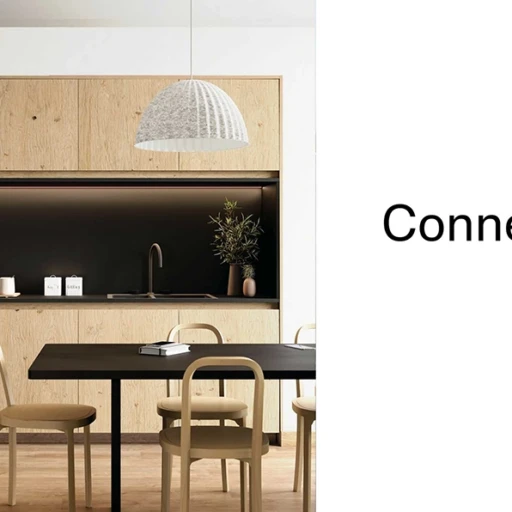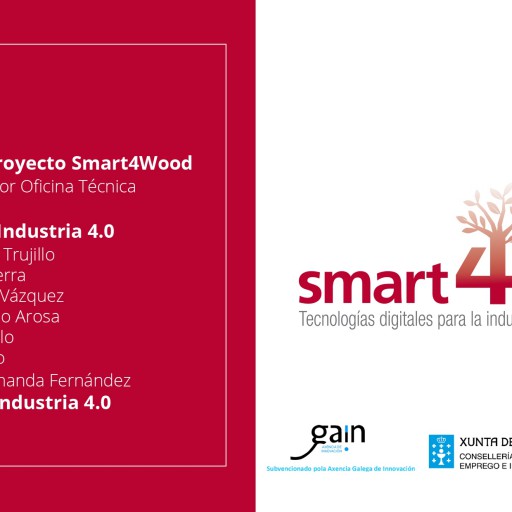Can you imagine touching a finish from your screen or feeling the temperature and comfort of a space you are designing through artificial skin? Stop dreaming, because haptic technology is very much within reach, from something as close to our daily lives as the vibration of mobile phones.
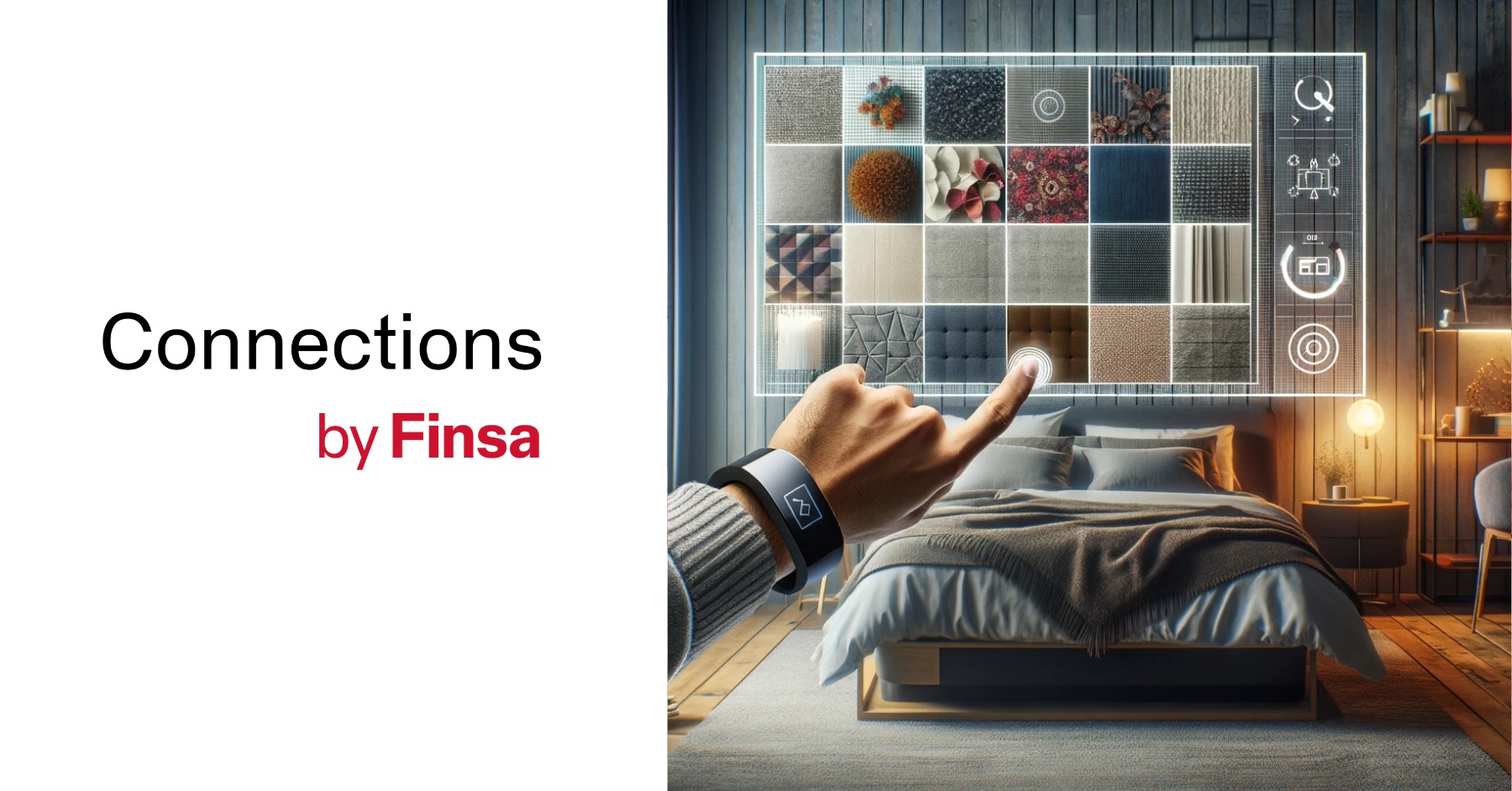
Haptic technology studies the implementation of tactile responses in different devices to expand sensory experiences. It is also known as 3D touch or kinesthetic communication. The development of this type of innovation is expected to grow up to 12% by 2026, according to an analysis by Technavio.
In this post, we highlight various advances that will sooner or later be included in interior design in elements such as ergonomic furniture or in the selection of materials themselves, allowing you to obtain all the tactile properties of a physical sample on your mobile or any other screen in seconds.
Haptic printing
We start by highlighting the most known, as it creates braille reliefs on various surfaces, as well as other types of deep finishes.
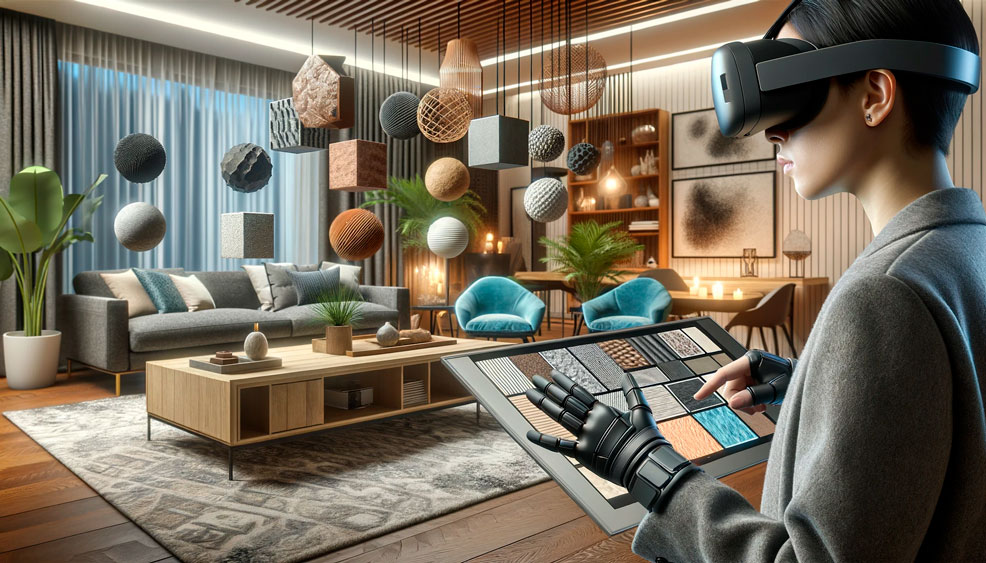
The softness of silk
Tanvas Touch creates programmable textures that transmit the materials of clothing, such as wool and silk.
Everyday caresses
FULU generates everyday tactile experiences from 2D images: the fur of a pet, the waves of the sea… It can be used in calls and video games.
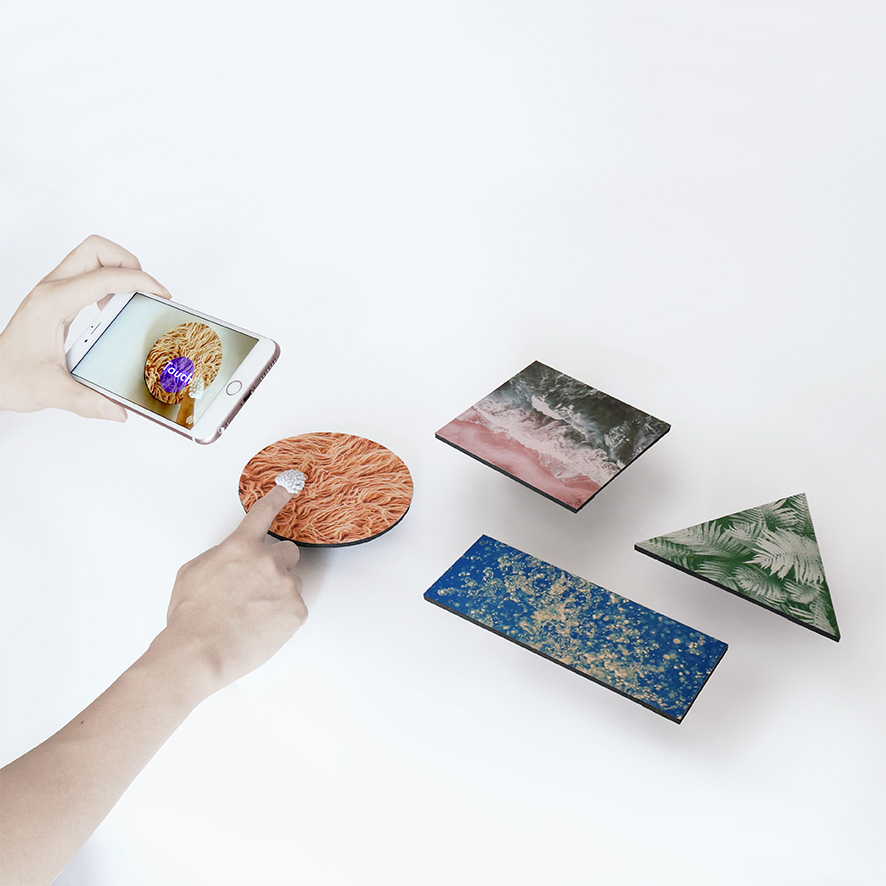
Sport for everyone
SENS are gloves that incorporate braille and vibration so that visually impaired people can experience a sporting event through different patterns transmitted in the hands.
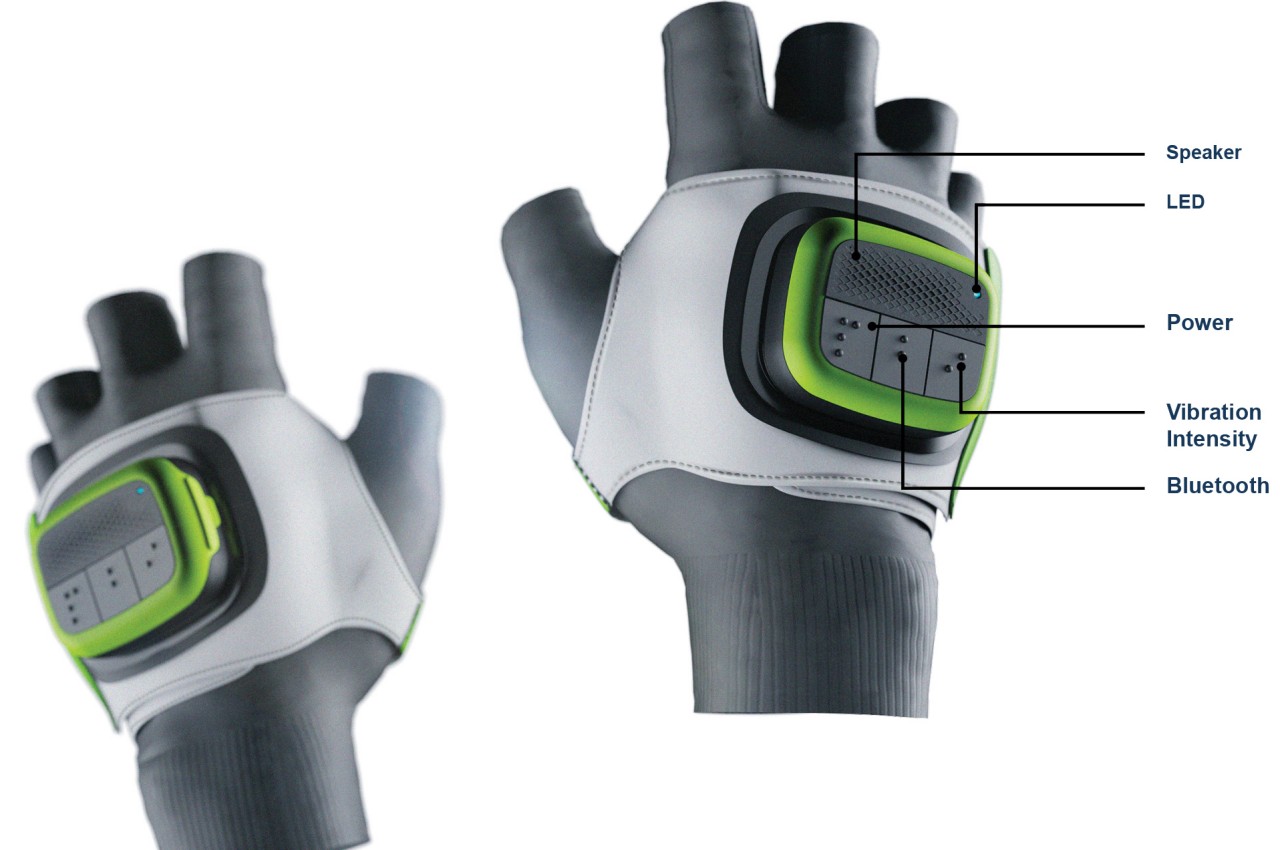
Artificial skin
The Federal Polytechnic School of Lausanne (EPFL) has developed artificial skin that allows testing an individual’s proprioception in medical applications on wearable devices.
Robots that feel
A group of researchers from the University of Bologna is providing a sense of touch to a machine. Specifically, to give a robotic hand two types of sensitivity: one for rough strokes (to transport robust elements) and another richer one for qualities like hardness, roughness, or softness of objects (to perform finer tasks such as linking wiring or moving fruit in boxes).

The interaction is in your hands
Leap Motion Controller is a hand motion control module launched by Ultraleap. It can be used with Windows computers and enables interaction with augmented reality or virtual reality activities, promote therapeutic or educational motor learning sessions, or improve industrial design in automotive, assembly lines, or factories.
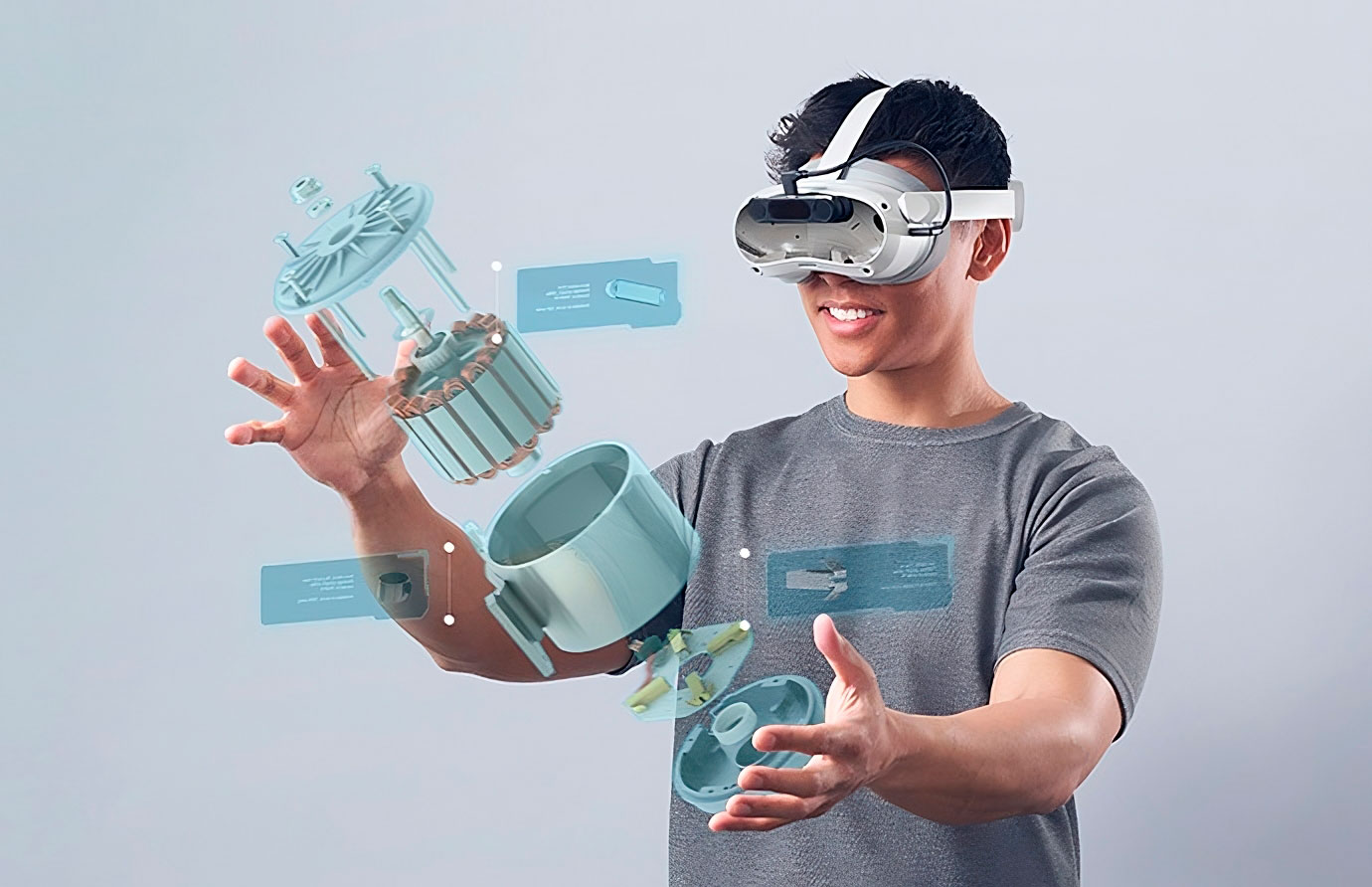
Will you try any of these applications? Tell us your impressions on social media using the hashtag #ConnectionsByFinsa.



